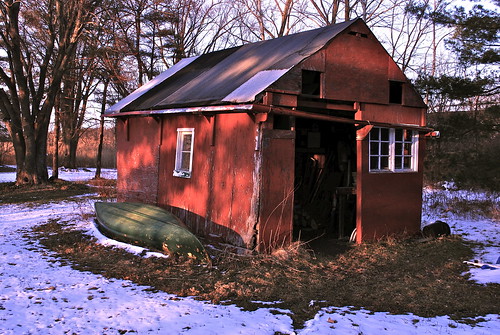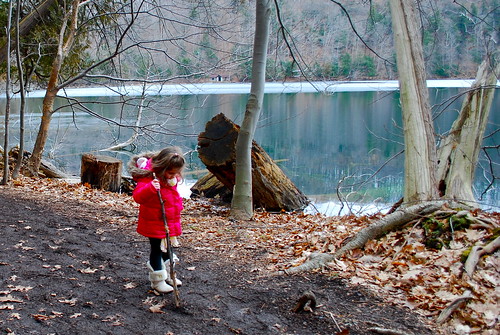One student stretched out stiffly on the classroom floor, staring straight up, her palms flat. “I’m concrete,” she whispered, by way of explanation. Another young woman stood up, stretching her arms out like branches. I sat on the floor beneath her, moving my arm as if it were a snake. Other students moved in, their bodies adding more trees, a cat, a brick wall, a wind turbine, a fountain, a car, even the moon hanging from the sky. One young man rocked his body back and forth, his palms pushing against the air. “I’m the wind.”
It was Interpretative Dance Day in my urban environmental literature class.
I wasn’t sure, as I walked to class, what to expect. The student who had asked to lead the class had said only, “Wear comfy clothes.” I think I’d expected music; for me the word dance means moving to music.
But we didn’t use music. Instead, Dancing Student asked us first to brainstorm some of the themes we’ve been talking about all semester. Then we broke into small groups, and she gave each group time to plan a dance to express a theme.
My group took the theme of relationships and community. “We need to be interwoven,” said Wavy-haired Woman. We decided that touch was important, so we stood with our feet touching, and we threaded our arms together to hold each others’ hands.
“This is too static,” said Plaid Shirt. “Communities are more fluid than this.”
“Yeah, a healthy community means people come and go,” said Dark-haired Woman. So we started moving around, sliding our feet towards each other to touch symbolically, reaching out with hands to form pairs or trios, then moving back.
“Let’s get the whole class involved when it’s our turn,” someone said. “Our dance isn’t over until all 20 of us are touching.”
We’d pushed the desks back, and in the middle of the room, each group performed their dance. My small group kept moving until we’d pulled every student into the middle of the room, all of us touching in some way.
Dancing Student asked us to take one element from each performance and create a dance we could all do together. By then, everyone had loosened up. I could feel the energy rising as even the quietest students in the class chimed in with ideas. I was surprised, actually, at how they kept returning to essays we’d read and themes we’d talked about. I’m not used to dance that involves so much thinking.
We danced themes. We danced parts of an essay we’d read. We danced pollution and development. We danced change, progress, growth. We danced a canoe paddling through a sea of floating condoms. We danced a scene of urban nature, complete with flora and fauna.
We danced without words or music. And every single student joined in.
It was Interpretative Dance Day in my urban environmental literature class.
I wasn’t sure, as I walked to class, what to expect. The student who had asked to lead the class had said only, “Wear comfy clothes.” I think I’d expected music; for me the word dance means moving to music.
But we didn’t use music. Instead, Dancing Student asked us first to brainstorm some of the themes we’ve been talking about all semester. Then we broke into small groups, and she gave each group time to plan a dance to express a theme.
My group took the theme of relationships and community. “We need to be interwoven,” said Wavy-haired Woman. We decided that touch was important, so we stood with our feet touching, and we threaded our arms together to hold each others’ hands.
“This is too static,” said Plaid Shirt. “Communities are more fluid than this.”
“Yeah, a healthy community means people come and go,” said Dark-haired Woman. So we started moving around, sliding our feet towards each other to touch symbolically, reaching out with hands to form pairs or trios, then moving back.
“Let’s get the whole class involved when it’s our turn,” someone said. “Our dance isn’t over until all 20 of us are touching.”
We’d pushed the desks back, and in the middle of the room, each group performed their dance. My small group kept moving until we’d pulled every student into the middle of the room, all of us touching in some way.
Dancing Student asked us to take one element from each performance and create a dance we could all do together. By then, everyone had loosened up. I could feel the energy rising as even the quietest students in the class chimed in with ideas. I was surprised, actually, at how they kept returning to essays we’d read and themes we’d talked about. I’m not used to dance that involves so much thinking.
We danced themes. We danced parts of an essay we’d read. We danced pollution and development. We danced change, progress, growth. We danced a canoe paddling through a sea of floating condoms. We danced a scene of urban nature, complete with flora and fauna.
We danced without words or music. And every single student joined in.






